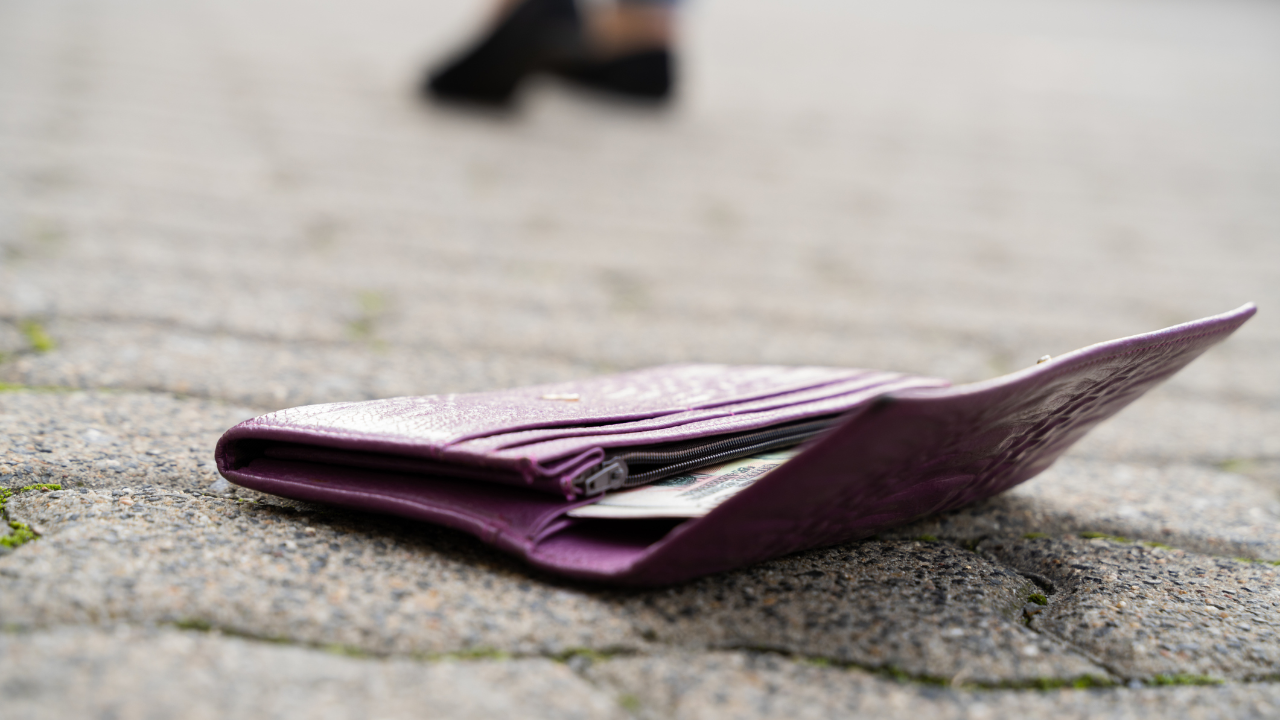Ways your credit card info might be stolen and how to prevent it




Key takeaways
- To avoid credit card theft, it’s not enough to simply keep your credit card in a secure place — you have to monitor your credit card statements and credit reports routinely for signs of fraud.
- As data breaches become more common, it’s also important to think about which websites you trust with your card information.
- If your credit card information does get stolen, contact your credit card issuer immediately to issue you a replacement, then start filing reports with the credit bureaus.
Despite technological innovations making it more difficult to use a stolen credit card for fraudulent transactions in person, hackers tend to be endlessly creative when it comes to theft.
The reality is, there are plenty of ways thieves can get their hands on your credit card account numbers, which they can then use to make purchases or wreak other types of havoc using your name.
A stolen credit card or account number could also be one of the first signs of identity theft, so keep an eye out for credit card fraud and be prepared to take steps to mitigate the damage if you find any.
Ways your credit card numbers can be stolen
In today’s digital-first world, your physical credit card may no longer be a hacker’s prime target. But that doesn’t mean they can’t still get their hands on your credit card number. Here are a few credit card theft practices to watch out for:
1. Phishing emails and texts leading to fraudulent websites
Phishing emails often look legitimate on the surface, but these fraudulent messages are crafted with a nefarious purpose. Many phishing emails try to get you to click a button or link that takes you to a familiar-looking fraudulent site to enter your account information. Phishing text messages are similar and often try to mimic messages from your financial institution or even from loved ones. Phishing emails and texts may also prompt you to click a link or download a file containing spyware, which hackers can use to export your card details and other information.
Another common phishing tactic is to provide an urgent (and entirely bogus) reason that you need to call a company, like your credit card company or a Social Security office. The email or text will list a fraudulent phone number and, when you call, request your personal information and even your card details to “confirm your identity.”
2. Public Wi-Fi networks
Public internet networks, like the ones you find in hotels and airports, can easily put you at risk if you enter your account information or open sensitive documents and someone is monitoring the network.
Make sure to use a virtual private network (VPN) if you use the internet away from home.
3. Shoulder surfing
Another thing to keep an eye out for while in public is who might be taking a peek at your screen. Shoulder surfing involves someone looking at someone else’s computer screen — sometimes over their shoulder, but sometimes from far away using cameras or binoculars — and reading the login information they input.
Be careful about where you sit in public while working on your computer, and try to avoid going to sites where you might need to input your card information or account information.
4. Unsecured websites
There are millions of e-commerce websites out there, but not all of them are secure. Some sites, especially those hosted in another country, could wind up leaking your information in a security breach.
5. Major data breaches
Large institutions, including banks and retail businesses, can be susceptible to targeted data breaches that put your credit card information and other personal details at risk. Some of the biggest data breaches of the last decade, including a Capital One data breach in 2019 and Equifax breach in 2017, have led to tens of millions of consumers having their information stolen.
Even data breaches not directly related to credit cards could put you at risk, like the data breach from National Public Data, a background check company, in August 2024. This breach exposed millions of Social Security numbers across the web, leaving those affected vulnerable to identity theft.
6. Your trash
Some thieves will still try to steal your credit card data the old-fashioned way — by sifting through your trash. Your trash can be a treasure trove of credit card and account numbers or for figuring out which companies you use for your savings or investment accounts, so it still pays to shred physical copies of your information before disposing of them.
7. ATM skimming
ATM card skimming still happens, too. This type of fraud occurs when ATMs and other payment terminals are bugged with devices that gather your card information when you insert or swipe your card. There’s even data that shows ATM skimming is on the rise: Debit card skimming grew 96 percent from 2022 to 2023, according to FICO. While the report focused on debit cards, FICO stressed that users should also be wary when using credit cards.
In reality, this concern has proven to be largely unnecessary. Because of the weak frequency that these cards send out, it is nearly impossible for a thief to steal your information simply by hovering a skimmer near you, especially if your card is in a wallet or purse.
How to check if your credit information has been stolen
- Keep an eye on your credit card statements: Your first line of defense in ensuring someone isn’t making fraudulent charges on your accounts is tracking and monitoring your spending. Keep an eye on your credit card statements regularly to make sure the reported transactions align with your actual spending history.
- Check your credit report for changes: Be certain your accounts and identity are protected by monitoring your credit report. You can check your credit reports each week for free from all three credit bureaus — Experian, Equifax and TransUnion — using AnnualCreditReport.com.
- Use a credit and identity theft monitoring service: If you suspect unusual activity on your credit accounts, consider using a credit and identity theft monitoring service to review your credit reports and help you get to the bottom of any wrongdoing. You can access free or paid services offered through your bank or one of the three credit bureaus.
What to do if your credit card number is stolen
If your credit card number has been stolen, don’t wait to take action. The Federal Trade Commission (FTC) outlines the steps you should take right away:
- Report your lost credit card or card number to your issuer immediately. You can usually do this using its toll-free number or 24-hour emergency phone number, or report it using your online account or mobile app.
- Follow up with a letter or email that includes your account number, the date and time the card was noticed missing and when you reported the loss. Keep a copy of your letter for your records.
- Continue checking your credit card statement for purchases you didn’t make. Report any fraudulent transactions that you find immediately.
- Monitor your credit reports closely. By checking over your reports even after the theft of your card has been resolved, you can make sure the theft of your card hasn’t led to other instances of identity theft. Fraudulent activity on a credit report can hurt your credit score, so it’s important to dispute the information as soon as you discover any inaccurate information.
Am I responsible for fraudulent credit card purchases?
One big benefit of using credit cards is the $0 fraud liability protection that comes with most cards. Under most issuers, when someone makes a fraudulent purchase on your account, you won’t be on the hook for a single cent. Even without this protection, the absolute most you could be liable for is $50, thanks to protections included in the Fair Credit Billing Act (FCBA).
On the other hand, you could potentially be held liable for fraudulent purchases made with a debit card. This may include all the money in your bank account if a thief is able to use your debit account number to drain it, and you don’t notice the fraud within 60 days of your bank statement being sent to you.
How to protect your credit card information
You can begin taking steps today to protect your credit card information and identity:
The bottom line
Any type of card you use for purchases can put you at risk of fraud, but there are steps you can take to lessen the chances of becoming a victim. Plus, no matter how much a fraudster charges to your credit card, you’ll still be protected. You can only be liable for up to $50 and it’s likely your credit card issuer won’t ask you to repay any of the charges.
Still, make sure you keep your credit card number and information as safe as you can. Your financial losses due to credit card fraud may be limited, but you’ll still have to deal with the hassle and stress.




